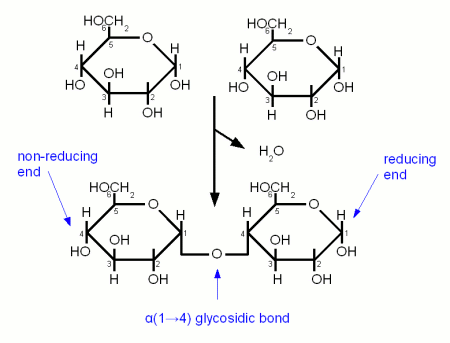- members of a population that can interbreed
- to produce fertile offspring
- they occupy a particular niche
Methods of determining the species which can be used to interbreed
- Morphological - structural features (easiest and quickest to compare but can not cataegorise based on this alone)
- Physiological - they way the body works
- Biochemical - includes the sequence of bases in DNA and the sequence of amino acids in proteins
- Behavioural
Classification: the process of sorting living things into groups
Taxonomy: the study of the principles of classification
Phylogeny: the study of the evolutionary relationships between organisms
Why do we classify things?
- To put things in order to sort them out
- there are nearly 2 million different species of living organisms
- Each species must be placed in a group of similar organisms
- It is for our convenience
- to make the study of living organisms more manageable
- to make it easier to identify organisms
- to help us see the relationship between the species
Classification
Domain Eukaryotae Few feautures in common
Kingdom Animalia members show more diversity
Phylum Chordata
Class Mammalia
Order Primate
Family Hominidae
Genus Homo
Species Sapiens more features in common - member shows similarities
Taxonomy
- A 'taxon' is a unit of classification
- A 'species' is the smallest taxon = basic unit of classification
- Groups of similar species form the next taxon 'genus'
- Groups of similar genera form a 'family'
- Etc. up to the largest taxon, domain.
Difference between phyla are major - easy to decide which one organisms belong to
Chordata - central bundle f nerves running along back
Arthropods - have hard exoskeleton
- are subdivided into classes e.g. class insects
The species are classified based on the evolutionary relationships, they are grouped together based on shared, homologous features
These features are similar enough that they have to come forma similar design e.g. vertebrates have similar limb bones, 1 bone in upper limb, 2 bones in lower limb




